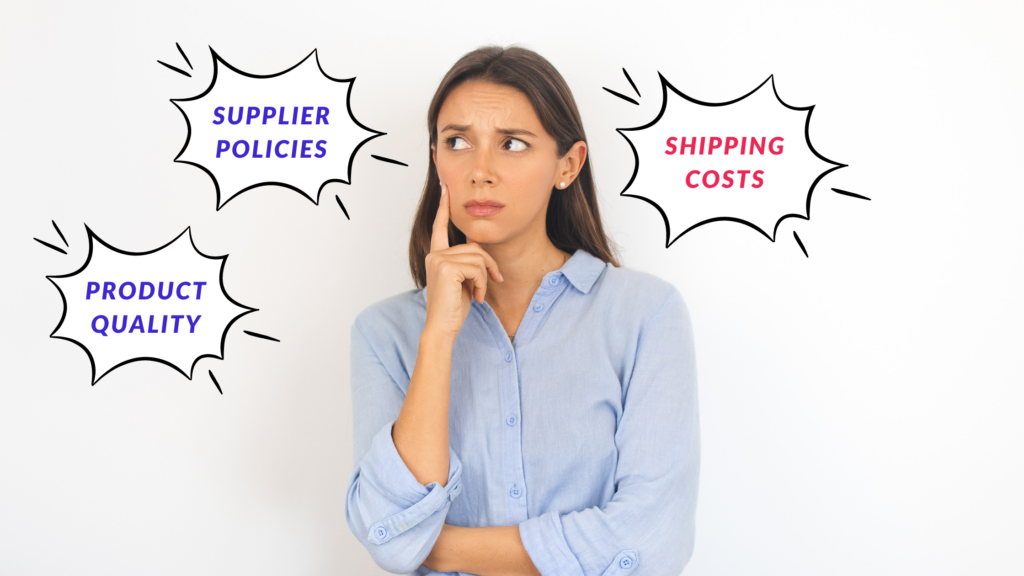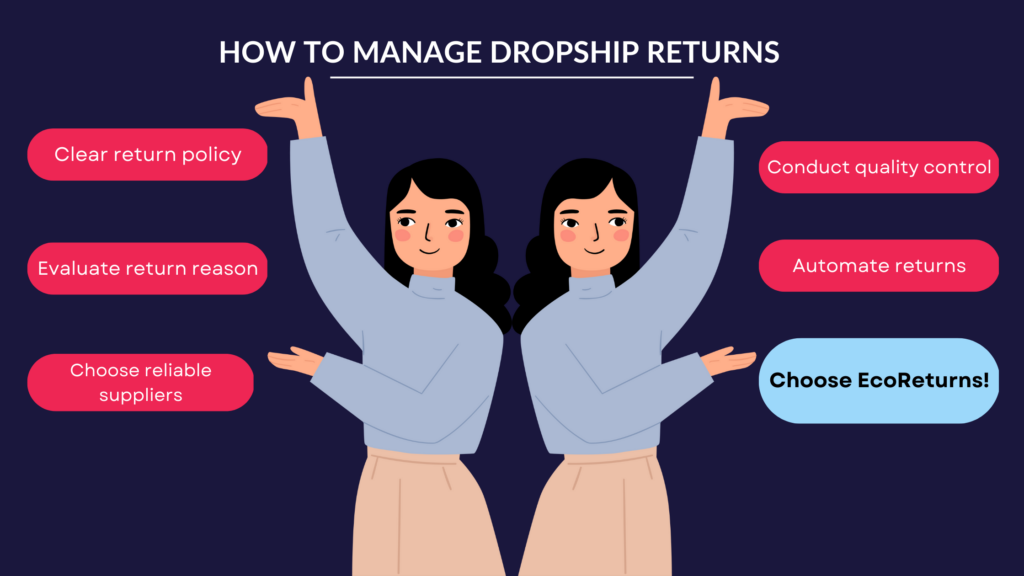Dropshipping is a relatively new business model that has gained popularity in the recent years with the emergence of eCommerce marketplaces like AliExpress and online platforms like Shopify.
The process of dropshipping is simple; a retailer sells a product that is not in stock to a customer, and the supplier ships the product directly to the customer.
With the rise of social media, dropshipping has become an even more attractive option for entrepreneurs looking to start their own businesses.
When you start your dropshipping business, you may hope there will be no returns and customers will love the products they receive. Unfortunately, that is not the case! There are times when customers don’t like the products and they want to return and request for refunds.
Returns in Dropshipping
Here’s an example of dropship returns to help you understand how the returns process work:
A customer orders a pair of shoes from an online store that uses dropshipping to fulfill orders. The shoes are shipped directly from the supplier to the customer. However, when the customer receives the shoes, they find that they don\’t fit properly and want to return them.
The customer contacts the online store to initiate a return, and the store follows its return policy to process the request. The online store then contacts the supplier to arrange for the return of the shoes. The supplier may have its own return policy, which the online store must follow.
Once the shoes are returned to the supplier, they will inspect them to ensure they are in good condition before issuing a refund. The supplier may charge a restocking fee or deduct the cost of shipping from the refund. The online store will then process the refund for the customer and may also cover the cost of return shipping, depending on its policy.
What Causes Dropship Returns?
Just like any other eCommerce business, here are some common reasons why returns may occur in dropshipping:
Product not as Described
The customer receives a product that doesn\’t match the description on the website or is of lower quality than expected.
Damaged or Defective Product
The product is damaged or defective when it arrives, or it becomes damaged during shipping.
Wrong Product or Size
The customer receives the wrong product or size, which can happen due to errors in order fulfillment.
Change of Mind
The customer may simply change their mind about the product and decide to return it.
Late Delivery
The product takes too long to arrive, and the customer cancels the order or requests a return.
Why Handling Returns in Dropshipping is a Challenge?

Handling returns in dropshipping is not easy. Here’s why:
- Supplier policies – One of the biggest challenges with dropshipping returns is dealing with the supplier’s return policy. Make sure that you are aware of their policy before working with them, and try to negotiate a policy that is fair to both parties.
- Shipping costs – Shipping costs can add up quickly, especially when dealing with returns. Make sure that you have a plan in place for managing shipping costs, and consider offering free returns to encourage customer loyalty.
- Product quality in dropshipping – You rely on the supplier to provide high-quality products. If you receive a lot of returns due to product quality issues, you may need to consider finding a new supplier.
Expert Tips to Manage your Dropship Returns

Have a clear return policy: It’s essential to have a clear and concise return policy that outlines the process for returning products, including timelines, eligibility criteria, and any fees that may apply. This will help manage customers’ expectations and reduce the likelihood of misunderstandings.
Evaluate the reason of the return – When a customer requests a return, evaluate the reason for the return. This can help you to identify any potential issues with your products or your shipping process, which can help you to improve your business.
Choose reliable suppliers: Working with reliable suppliers who offer quality products and good customer service can help reduce the number of returns. Make sure to vet your suppliers carefully and establish a good working relationship with them.
Conduct quality control inspections: Before shipping products to customers, conduct quality control inspections to ensure that products are in good condition and meet your standards. This can help reduce the likelihood of customers receiving damaged or defective products.
Automate the returns process: Automating the returns process can help streamline the process and reduce the workload on your team. Use software like EcoReturns that can handle returns, generate return labels, and manage the refund process.
Final Say
Returns are a common aspect of dropshipping, and it’s essential for businesses to have clear policies and procedures in place to handle them effectively.
Customers may be upset with certain products and would want to return them. Having a clear returns strategy in place will take you a long way.
By understanding the reasons why returns occur and implementing expert strategies to manage them, you can improve customer satisfaction, reduce the workload on the team, and maintain a positive reputation in the market.


